Rs46m allocated to resume conservation of Derawar Fort
Initially, the restoration project was a two-year scheme totalling Rs115.7 million
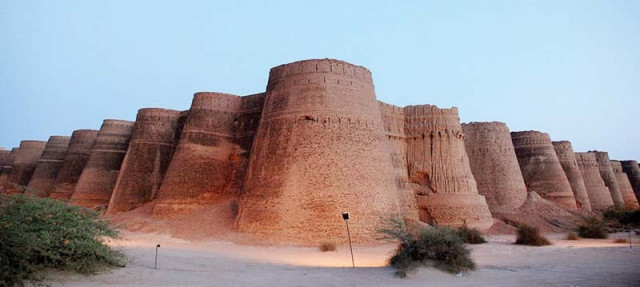
. PHOTO: APP
The ninth century marvel was built by a Rajput ruler from the Bhatti clan. Derawar and other desert forts were on a tentative list of world heritage sites in Pakistan.
Archaeological site unearthed after ‘heritage’ building is razed in Hyderabad
Initially, the restoration project was a two-year scheme totalling Rs115.7 million. Later, it was converted into a three-year project that will be completed in the financial year 2020-2021.
Around Rs41 million were utilised during the fiscal year 2018-2019. Bahawalpur Archaeology Department In charge Muhammad Sajjad stated that they are currently in the process of mobilising contractors to ensure that work resumes as early as possible.
He said that major work has been completed including conservation of a food grain warehouse outside the fort, underpinning of damaged parts on the front and south-eastern sides of the fort’s bastion, walls and platform, underpinning of the north-eastern side of the bastion and the walls, the interior of the fort and the sloped flooring leading to baradari and walls adjacent to the main gate.
Bhagat Singh’s home to be restored as national heritage
The first entrance gate, the approach to the fort, the old mosque called Abbasi Masjid, the baradari and the attached gate structure at the first entrance are also undergoing restoration. The official maintained that this project was meant to fix only some of the damaged and decaying parts of the fort and does not cover the entire historical structure.
He stressed that a fresh request for a PC-2 would be moved again in the next fiscal year to prepare a master plan for the conservation of Derawar Fort.
According to a report from the Punjab archaeology department, Derawar Fort existed for at least 5,000 years as part of a chain of forts that protected the ancient trade route from central Asia to the Indian subcontinent.
300 buildings in District South added to heritage list
The fort was captured by the Abassi family from Raja Rawal Singh of Jaisalmir in 1733, which is when the present structure was built, says the report. This suggests that the fort in its present form was built in 1733 AD or earlier.
The fort is supported by 39 bastions, with four on each corner, nine on the western, southern and northern side and eight on the eastern side. A number of tourists visit the monument each year, particularly after the Tourism Development Corporation of Punjab chose to kick off the country's annual mega desert Cholistan Desert Jeep Rally from this site.
Published in The Express Tribune, July 26th, 2019.

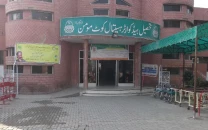
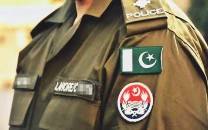
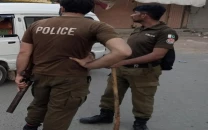

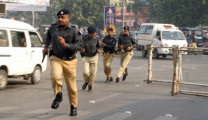













COMMENTS
Comments are moderated and generally will be posted if they are on-topic and not abusive.
For more information, please see our Comments FAQ